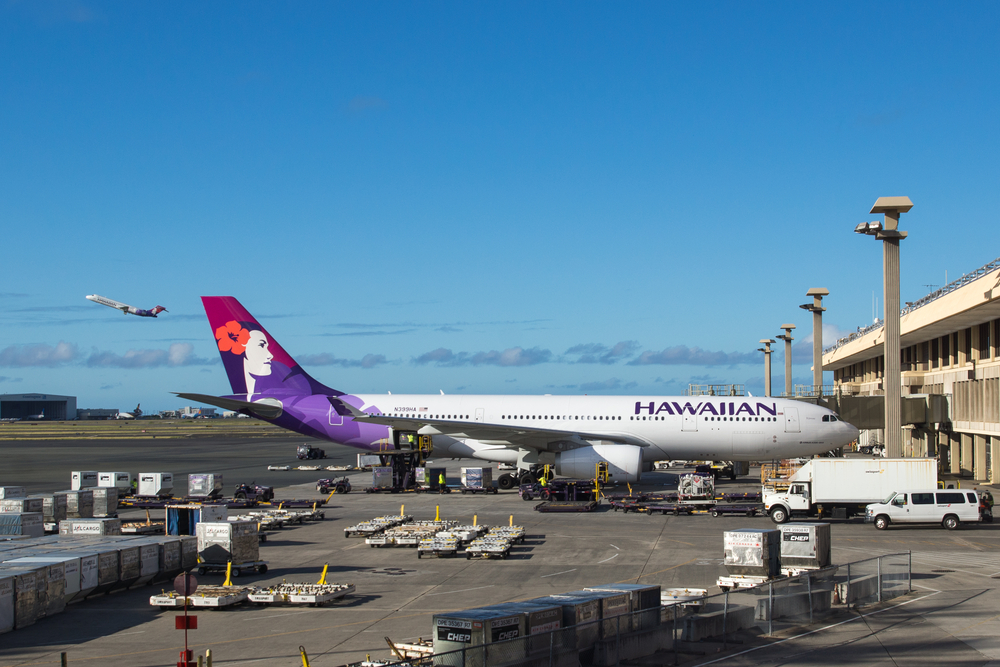Understanding how aircraft performance is calculated is essential not only for pilots and engineers but also for anyone interested in the operational capabilities of airplanes. The calculation of aircraft performance involves several factors that ensure safety, efficiency, and compliance with aviation standards. This article delves into the various aspects of aircraft performance calculations, outlining the key parameters and methodologies used in the aviation industry.
Aircraft performance refers to the ability of an aircraft to accomplish certain tasks that require measurable standards of speed, altitude, and load capacity among others. These calculations are crucial during the design phase, for flight planning, and for meeting regulatory requirements.
**1. Basic Performance Parameters:**
The fundamental parameters that define aircraft performance include airspeed, climb rate, range, ceiling, payload capacity, and fuel efficiency. Each of these parameters is influenced by the aircraft’s design, including aerodynamics, engine power, and weight.
– **Airspeed:** This is the speed of an aircraft relative to the surrounding air. Calculating airspeed is crucial for ensuring that the aircraft operates within safe operational limits.
– **Climb Rate:** This measures the aircraft’s ability to gain altitude over time. A higher climb rate is often desirable in commercial and military aviation to reach cruising altitude more efficiently.
– **Range:** This is the distance an aircraft can travel on a full tank of fuel. Range depends on fuel capacity, efficiency, and aircraft weight.
– **Ceiling:** The maximum altitude an aircraft can fly is known as its ceiling. This parameter is limited by the aircraft’s structural capabilities and engine performance at high altitudes.
– **Payload Capacity:** This refers to the weight the aircraft can carry in addition to its own weight. It includes passengers, baggage, and cargo.
– **Fuel Efficiency:** This determines how economically an aircraft uses fuel. Improving fuel efficiency is a constant focus in aircraft design to reduce costs and environmental impact.
**2. Performance Calculation Methodologies:**
– **Takeoff and Landing Distance:** These are critical calculations that determine the required runway lengths for safe operations. Factors such as runway surface, slope, aircraft weight, and weather conditions (especially wind and temperature) are taken into account.
– **Weight and Balance:** Calculating the weight and balance of an aircraft is essential for flight safety. Incorrect loading can lead to a shift in the center of gravity, adversely affecting the aircraft’s stability and performance.
– **Flight Envelope:** The flight envelope of an aircraft represents the limits of its performance in terms of speed and altitude. Understanding the flight envelope is important for safe aircraft operations, ensuring the aircraft does not operate beyond its capabilities.
– **Thrust-to-Weight Ratio:** This is a key performance indicator in aviation, particularly for military jets. It affects how quickly an aircraft can ascend and its agility.
– **Simulations and Modeling:** Advanced computer models and simulations play a crucial role in predicting aircraft performance before real-life tests. These tools help in refining designs and predicting how aircraft will perform under various conditions.
**3. Regulatory and Environmental Considerations:**
Aircraft performance calculations must also comply with aviation regulatory standards set by bodies such as the International Civil Aviation Organization (ICAO) and the Federal Aviation Administration (FAA). These organizations set regulations that ensure safety and efficiency in aviation operations.
Environmental factors also play a significant role in aircraft performance calculations. For instance, higher temperatures can reduce air density, which affects engine performance and lift. Pilots and engineers must adjust performance calculations to accommodate such environmental variations.
**Conclusion:**
Calculating aircraft performance is a complex but essential task that combines physics, engineering, regulatory knowledge, and real-world operating conditions. It ensures that aircraft are operated safely, efficiently, and within the set regulations. As technology advances, so too do the tools and methodologies used to predict and measure aircraft performance, making aviation safer and more reliable for everyone.

